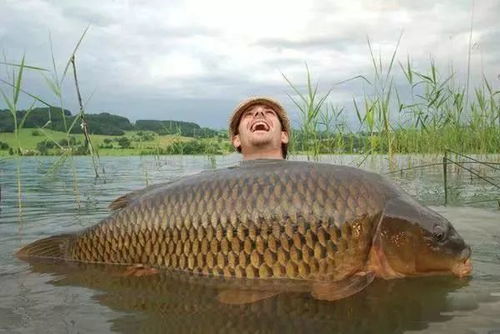Content:
Fishing in saline ponds can be a unique and challenging experience. The high salt content of the water can affect the behavior of fish and the types of baits that work best. Whether you're a seasoned angler or a beginner looking to explore new waters, here are some essential tips and techniques to help you master the art of fishing in saline ponds.
Understanding Saline Ponds
Saline ponds are bodies of water with a salt content higher than that of freshwater. This saltwater environment can host a variety of fish species, some of which are not found in freshwater ponds. Understanding the unique characteristics of saline ponds is the first step to successful fishing.
Fish Species in Saline Ponds
The fish species you can expect to find in saline ponds vary depending on the region. Common species include brackish water species like the sheepshead, mullet, and catfish. Some species, like the goby, are adapted to the high salinity and can be found in both freshwater and saline environments.
Choosing the Right Gear
The right gear is crucial when fishing in saline ponds. Here are some recommendations:
- Reel: A quality saltwater spinning or baitcasting reel is essential. Look for models that are corrosion-resistant and designed for saltwater use.
- Line: Use a monofilament line that is specifically designed for saltwater, as it is more resistant to abrasion and corrosion.
- Hooks: For most species, a size 4 to 6 hook should suffice. However, if you're targeting larger fish like catfish, you may need larger hooks.
- Rod: A medium-heavy action rod is ideal for handling the fight of fish in saline ponds.
Selecting the Right Bait
In saline ponds, the baits you use can make a significant difference in your success rate. Here are some options:
- Live Bait: Live bait such as shrimp, crickets, and worms can be highly effective. The natural movement and scent of live bait often attract fish in saline environments.
- Artificial Lures: Soft plastics, spinnerbaits, and jigs can be effective for targeting species like sheepshead and mullet. Choose lures that mimic the natural prey of the fish in the pond.
- Scented Baits: Use baits that have a strong scent, as the water in saline ponds can be quite clear and fish may be more scent-driven.
Fishing Techniques
Here are some fishing techniques that can help you catch more fish in saline ponds:
- Early Morning or Evening: Fish are often more active during these times, so starting your fishing trip early in the morning or late in the afternoon can increase your chances of success.
- Work the Edges: Saline ponds often have areas with different salinity levels. These edges can be hotspots for fish, as they offer a transition zone where they can feed without being overwhelmed by the high salinity.
- Bottom Bouncing: This technique involves dragging your bait along the bottom of the pond. It's particularly effective for targeting fish like catfish.
- Trolling: If the pond is large or has a lot of vegetation, trolling can be an effective way to cover more water and find fish.
Maintaining Your Gear
Fishing in saline ponds can be tough on your gear. Here are some tips to keep your equipment in good condition:

- Rinse Your Gear: After each fishing trip, rinse your gear with fresh water to remove salt residue.
- Dry Your Gear: Allow your gear to dry completely before storing it. This helps prevent corrosion.
- Use a Corrosion Inhibitor: Apply a corrosion inhibitor to metal parts of your gear to protect them from saltwater damage.
Conclusion
Fishing in saline ponds can be a rewarding experience with the right preparation and techniques. By understanding the unique characteristics of these environments, selecting the appropriate gear and baits, and employing effective fishing methods, you can increase your chances of success. Remember to always respect the environment and the fish you're targeting, and enjoy the beauty and tranquility of saline ponds. Happy fishing!












